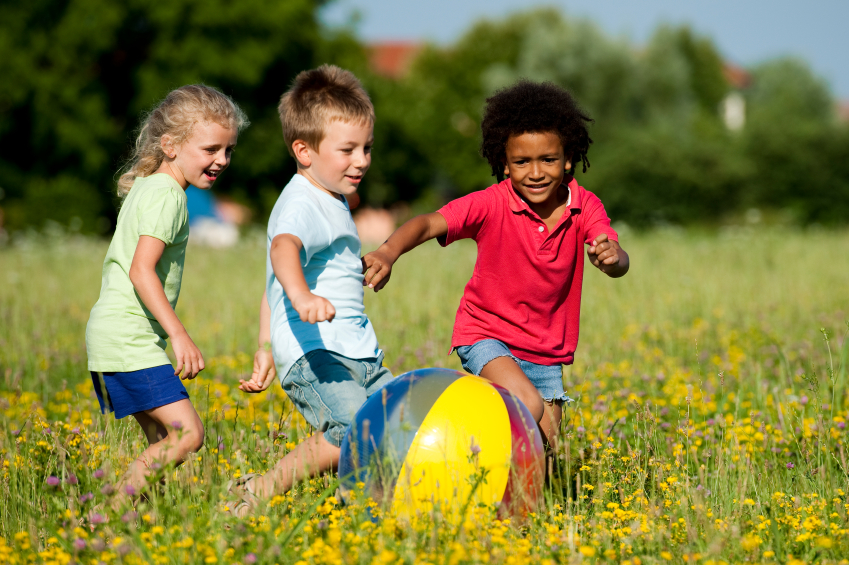By Loryn Nel, Owner of Active Eyes East London
“Children learn through play and movement” is a well known fact BUT the term ‘play’ has an entirely different meaning today than it did when “we” were children.
We were expected to go outside and climb, run, skateboard, skip, hang, roll, cartwheel, balance, play cricket and soccer until dark. Today, the term play includes some of the above mentioned activities, but there is a definite detractor from those activities. The screen i.e. televisions, computers, smart phones and tablets. Excessive amounts of time spent on these devices can have a detrimental effect on our children’s visual and physical development.
The word ‘vision’ is usually connected with the term “seeing” and the health of the eyes. However, having 20/20 vision does not necessarily mean that one’s eyes are functioning efficiently.
Vision, referring to sight, is so different to visual performance which refers to the efficiency of the eyes and eye movements. 75 – 90 % of learning in the classroom occurs through the visual system.
In our classrooms, visual teaching and learning is taking place, with the use of technology like interactive whiteboards, computers and iPads. This type of teaching appeals to all children as it is visual, interactive and stimulating. Unfortunately, many of our children spend far too much time on small screens outside of school hours. Their eyes are quite static and not many eye movements take place while using these smaller devices.
Our children’s eyes don’t move as they should. Simple tasks like tracking when reading and copying from the board can become a challenge. Tracking a ball in the air, catching and decision–making in sport is also affected. How children see, interpret and respond to information can be improved to ensure better academic and sport performance.
Eye muscles like any other muscle in our body can be trained to function better whether in the classroom or when playing sport. The training of eye muscles can improve the speed at which we see, interpret, decide and act on information received. Improvements in response times, co-ordination as well as peripheral and spatial awareness are noted. Children’s concentration, tracking, attention to detail, comprehension, speed of task completion, work habits and memory is enhanced.
‘Screens’ will be part of their lives for many years to come. Creating a balance between screen time, play time and physical activity is essential to the development of children.









